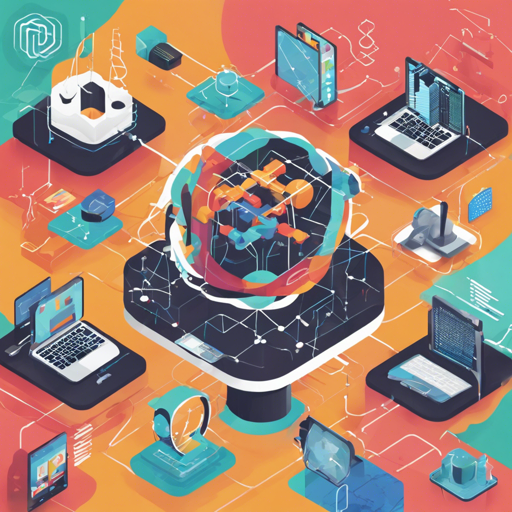Welcome to the fascinating world of Multimodal Machine Learning! This blog will serve as a user-friendly guide to understanding and utilizing this dynamic field. We will delve into the concepts, methodologies, applications, and even some troubleshooting tips to enhance your journey in this domain.
Understanding Multimodal Machine Learning
Multimodal Machine Learning is essentially like attending a concert where different instruments create a harmonious sound. Each modality—be it text, audio, or image—contributes its unique tone, and together they create a more comprehensive learning experience.
How to Get Started
To embark on your multimodal adventure, follow these steps:
- Familiarize Yourself with Key Concepts: Begin by reading foundational papers like the Foundations and Recent Trends in Multimodal Machine Learning.
- Participate in Workshops and Tutorials: Join sessions at various conferences. You can find tutorials on multimodal machine learning hosted at events like CVPR 2022.
- Enroll in Courses: Consider taking courses such as Advanced Topics in Multimodal Machine Learning offered at CMU.
Core Areas to Explore
Multimodal Machine Learning encompasses several core areas. Understanding these is crucial for leveraging its potential:
- Multimodal Representations: How different modalities are represented in a unified framework.
- Multimodal Fusion: Techniques to blend data from various modalities effectively.
- Multimodal Alignment: Aligning different forms of data to ensure they can be learned together.
- Multimodal Translation: Translating concepts between modalities, such as from text to images.
- Crossmodal Retrieval: Retrieving information across different modalities based on shared representations.
Applications of Multimodal Machine Learning
Just as a symphony finds its place in different settings, multimodal machine learning has diverse applications:
- Healthcare: Improving diagnostics through various types of data like images and patient records.
- Finance: Using multimodal techniques to predict stock trends based on news articles and market data.
- Robotics: Enabling machines to understand natural language commands better alongside visual inputs.
Troubleshooting Common Issues
Even seasoned practitioners run into issues. Here are some common troubleshooting tips to keep in mind:
- Data Incompatibility: Ensure that all modalities are formatted correctly and standardized
- Model Overfitting: If you notice your model performs well on training data but poorly on test data, consider simplifying your model or incorporating more diverse datasets.
- Resource Constraints: Multimodal models can be computationally heavy. If you encounter resource constraints, consider cloud computation options.
- For more insights, updates, or to collaborate on AI development projects, stay connected with fxis.ai.
Conclusion
At fxis.ai, we believe that such advancements are crucial for the future of AI, as they enable more comprehensive and effective solutions. Our team is continually exploring new methodologies to push the envelope in artificial intelligence, ensuring that our clients benefit from the latest technological innovations.
With this guide, we hope to spark your interest in Multimodal Machine Learning. Whether you are a researcher, student, or enthusiast, the world of multimodal learning offers exciting opportunities for exploration and innovation!

